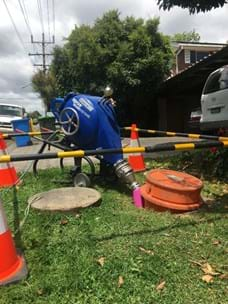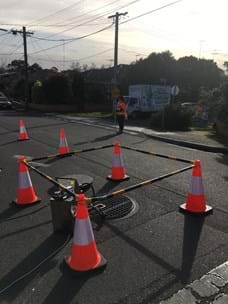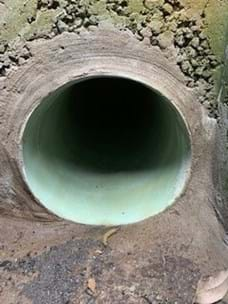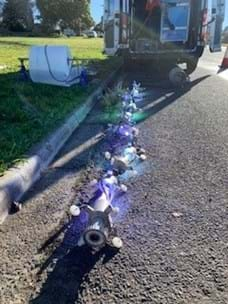
CIPP Lining consists of a resin-impregnated liner pipe that is installed in the pipe to create what is known as a "pipe within a pipe" that fits snugly, providing a structural solution to pipe deterioration. Installation can be carried out by winding the liner pipe through the main pipe or by flipping the liner pipe through the main pipe using air through a flipping drum. TDM liner pipes are specially manufactured from felt, impregnated with specially formulated resins suitable for a variety of conditions and applications, including UV-cured GRP liners, ambient temperature-cured polyester resins and heat-cured thermosetting resins. Once in the pipe, the liner pipe inflates and is held under pressure. The resin is then cured (hardened) to position the liner pipe within the main pipe. Curing processes vary and include ambient temperature curing, hot water curing, steam curing and UV curing. CIPP can be used to restore structural pipe defects such as cracks, overlapping joints, And the structural defects Almost all shapes of pipe can be structurally restored, including vertical or horizontal pipes, square pipes, rectangular or round pipes, 90-degree bends, P traps, S traps, joints and elbows. After curing, allow the liner to cool down, then cut the pipe ends to fit the main pipe and seal them. Then, a sample of CIPP liner pipe is taken out of the pipe end or baked in the mold in the entrance room for testing purposes and checking whether the liner pipe meets the performance requirements. When curing is complete and the pipe is put back into service, the connections and side pipes are reused using TDM's pipe robot equipment.




If you have any questions about pipe inspections, drain cleaning, or pipe repairs at your location, please contact our friendly team. We are happy to help in any way we can.